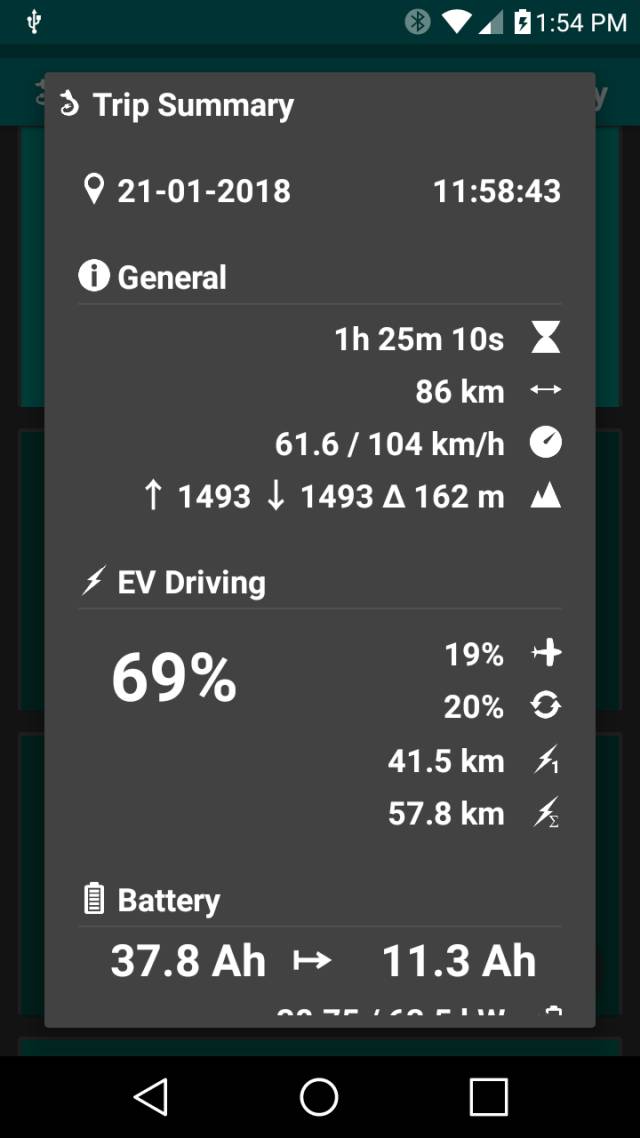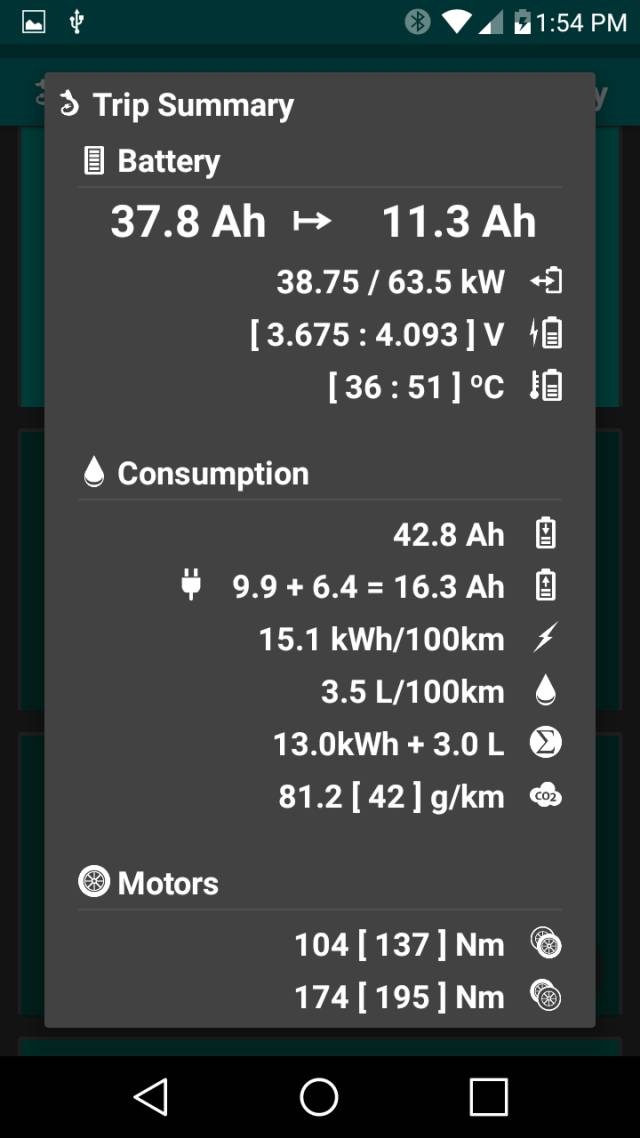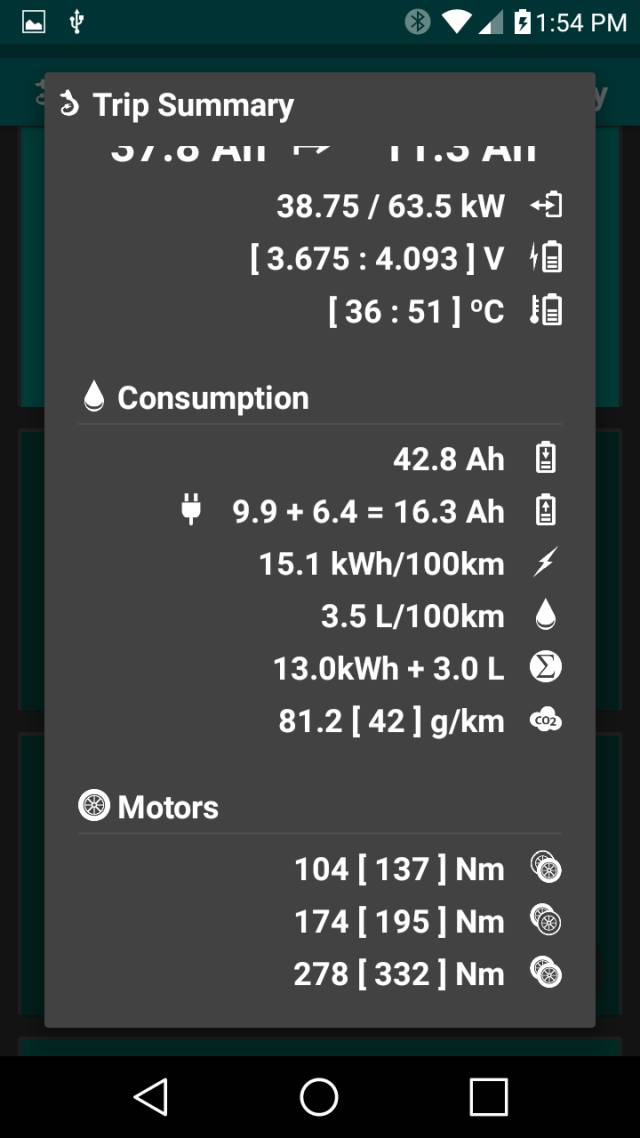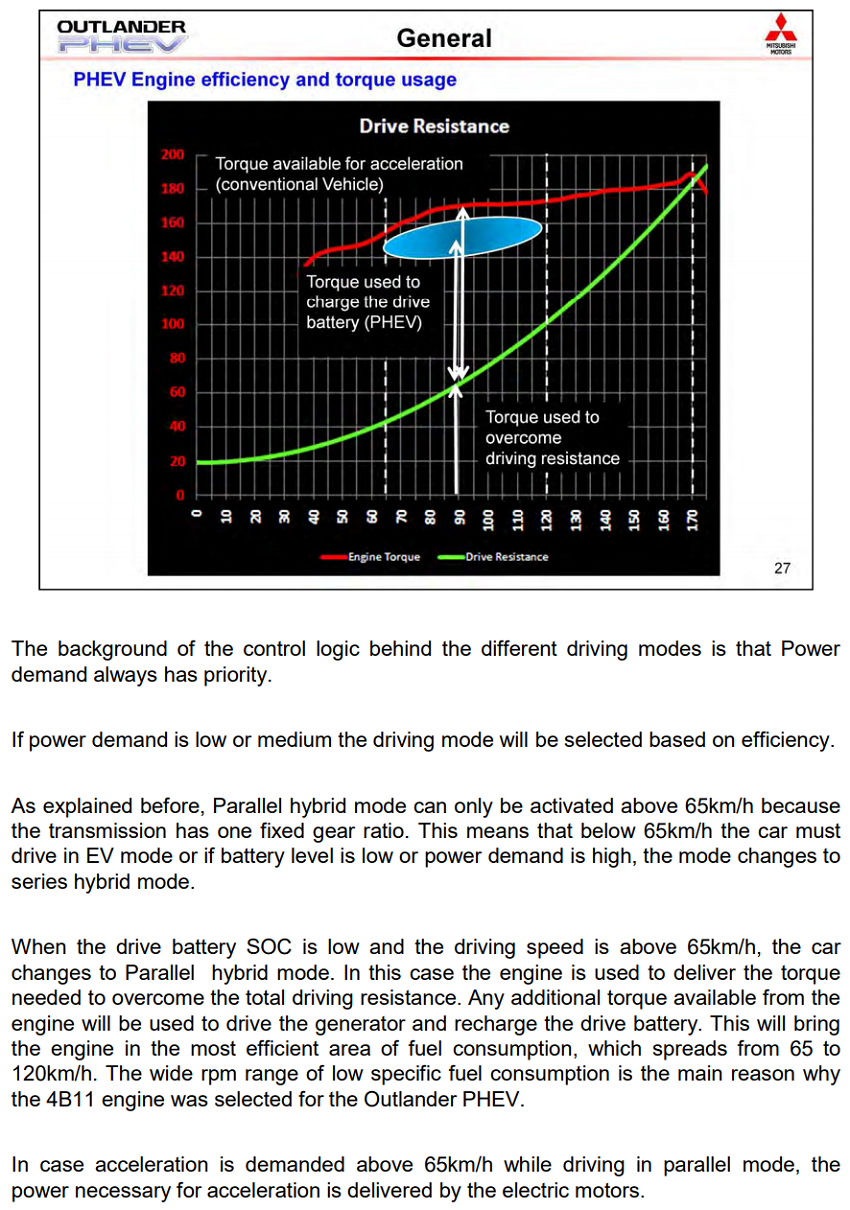GRA
Well-known member
Thanks for the comments Andy, haven't heard from you for a while, and I look forward to reading your experiences with it.AndyH said:Yes, the quoted 25 MPG figure is combined, but more importantly, it's the fuel economy when the car's running on gas only - in other words - there's NO electricity to use. Here's a Monroney sticker - "gasoline only"GRA said:Via IEVS:https://insideevs.com/mitsubishi-ou...pa-rating-22-mile-electric-range-just-25-mpg/Mitsubishi Outlander PHEV Gets Official EPA Rating – 22-Mile Electric Range, Just 25 MPG
The MPG figure is combined. While the 22 mile AER is fine, I think that 25 mpg rating, along with the 3 year delay in arriving here and mediocre performance means any chance of the Outlander PHEV seeing significant sales here seems improbable, given that there are likely to be much better choices in the not too distant future. I'd think at least 30 and more likely 35+ mpg combined would be needed to offset the much higher price versus the competition. Its sales rely on it being the only semi-affordable AWD PHCUV, with nothing else really going for it. Maybe that's enough but I doubt it, given our low gas prices.
https://www.mitsubishicars.com/rs/file/monroney?vin=JA4J24A50JZ029313
Out in the wild, when running as a regular hybrid (charge sustaining), mileage on a long drive without much concern for driving style approaches 40.
I'll know more next week - I'm picking one up on Minnesota and importing it into the Republic. And yes, I'll be using CHAdeMO on the 1200 mile drive back.
What I'm mainly concerned with on a PHEV (one that has a real hold mode) is Hwy mpg running solely on gas. To me, anyone who cares about maximizing their efficiency and minimizing local pollution will save the battery for urban stop and go, where it provides the greatest benefit, making City MPG irrelevant. What I've not yet been able to find is a breakdown of the Outlander's City and Hwy MPG, but the combined rating indicates that Hwy rating won't be anything special, probably under 30. Mitsubishi has said they only expect 3 to 4k annual sales here: we'll see whether they're being the un-Tesla and low-balling or that's really what they expect. If the latter, we'll also see if they're proven wrong and the car's a smash hit as it's been in Europe and elsewhere - as stated above, I have serious doubts.




